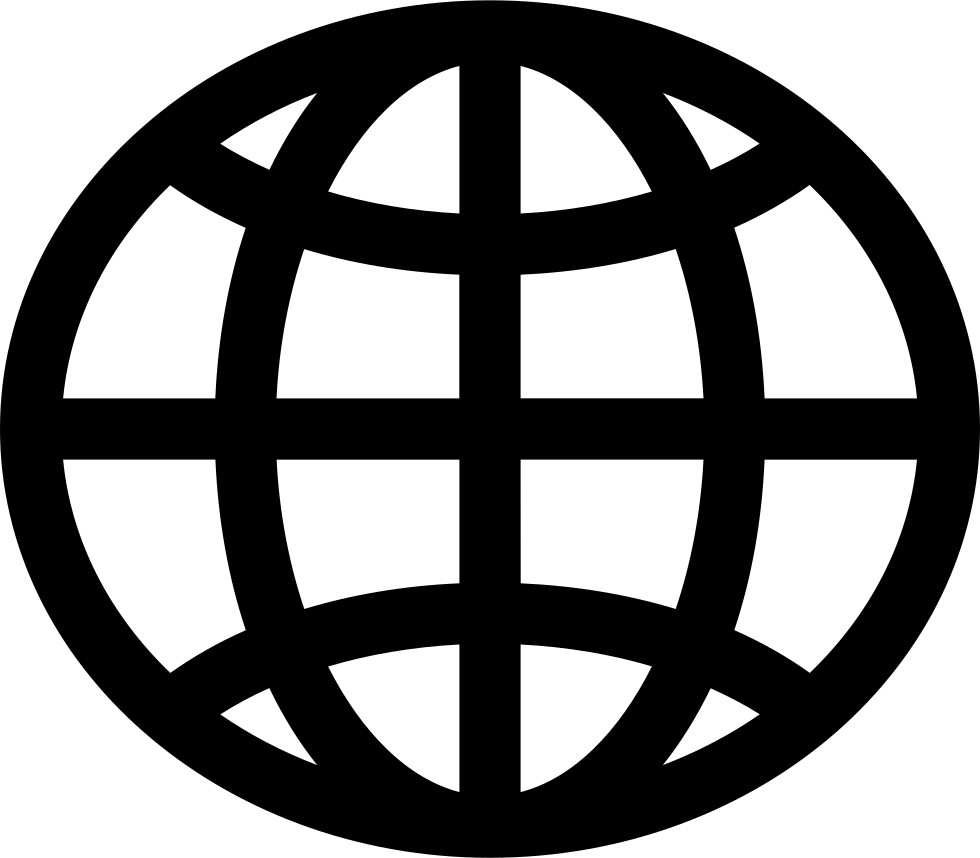Climate Resilience: Addressing Drought and Flood
IAAM - People's World Commission on Drought and Flood.
(
Non-governmental organization (NGO)
)
#SDGAction50776
Description
The mission is to reduce climate risks of drought and flood and build resilient communities and economies through community-centered nature rejuvenation.
• Reducing risks to life, livelihoods, and ecosystems while increasing resilience through community-led nature rejuvenation
• Prepare an annual report to provides a summary of the state of floods and droughts
• Encourage students to adopt more environmentally conscious
First and foremost it will improve the chances of achieving SDG 6 and its components. Additionally rejuvenating rivers will also increase the water table, thus increasing the water available for irrigation and quality of water. This will increase livelihood opportunities and reduce the gender gap.
PWCDF; Jalbiradari; Tarun Bharat Sangh; The Water Folk; Water Stories; Manav Lok; Nepal Academy of Science and Technology; Mission 500; Saakshi Constructions; Tulsipatra Foundation
SDGS & Targets
Goal 6
Ensure availability and sustainable management of water and sanitation for all
6.1
By 2030, achieve universal and equitable access to safe and affordable drinking water for all
6.1.1
Proportion of population using safely managed drinking water services
6.2
By 2030, achieve access to adequate and equitable sanitation and hygiene for all and end open defecation, paying special attention to the needs of women and girls and those in vulnerable situations
6.2.1
Proportion of population using (a) safely managed sanitation services and (b) a hand-washing facility with soap and water
6.3
By 2030, improve water quality by reducing pollution, eliminating dumping and minimizing release of hazardous chemicals and materials, halving the proportion of untreated wastewater and substantially increasing recycling and safe reuse globally
6.3.1
Proportion of domestic and industrial wastewater flows safely treated
6.3.2
Proportion of bodies of water with good ambient water quality
6.4
6.4.1
Change in water-use efficiency over time
6.4.2
Level of water stress: freshwater withdrawal as a proportion of available freshwater resources
6.5
By 2030, implement integrated water resources management at all levels, including through transboundary cooperation as appropriate
6.5.1
Degree of integrated water resources management
6.5.2
Proportion of transboundary basin area with an operational arrangement for water cooperation
6.6
6.6.1
Change in the extent of water-related ecosystems over time
6.a
6.a.1
Amount of water- and sanitation-related official development assistance that is part of a government-coordinated spending plan
6.b
Support and strengthen the participation of local communities in improving water and sanitation management
6.b.1
Proportion of local administrative units with established and operational policies and procedures for participation of local communities in water and sanitation management
SDG 14 targets covered
| Name | Description |
|---|
Deliverables & Timeline
Resources mobilized
Partnership Progress
Feedback
Action Network

Timeline
Entity
SDGs
Region
- Global
Other beneficiaries
Communities most vulnerable to drought and flood are the ones living by the water bodies and most impacted.
More information
Countries

Contact Information
Rajendra, Chairman

